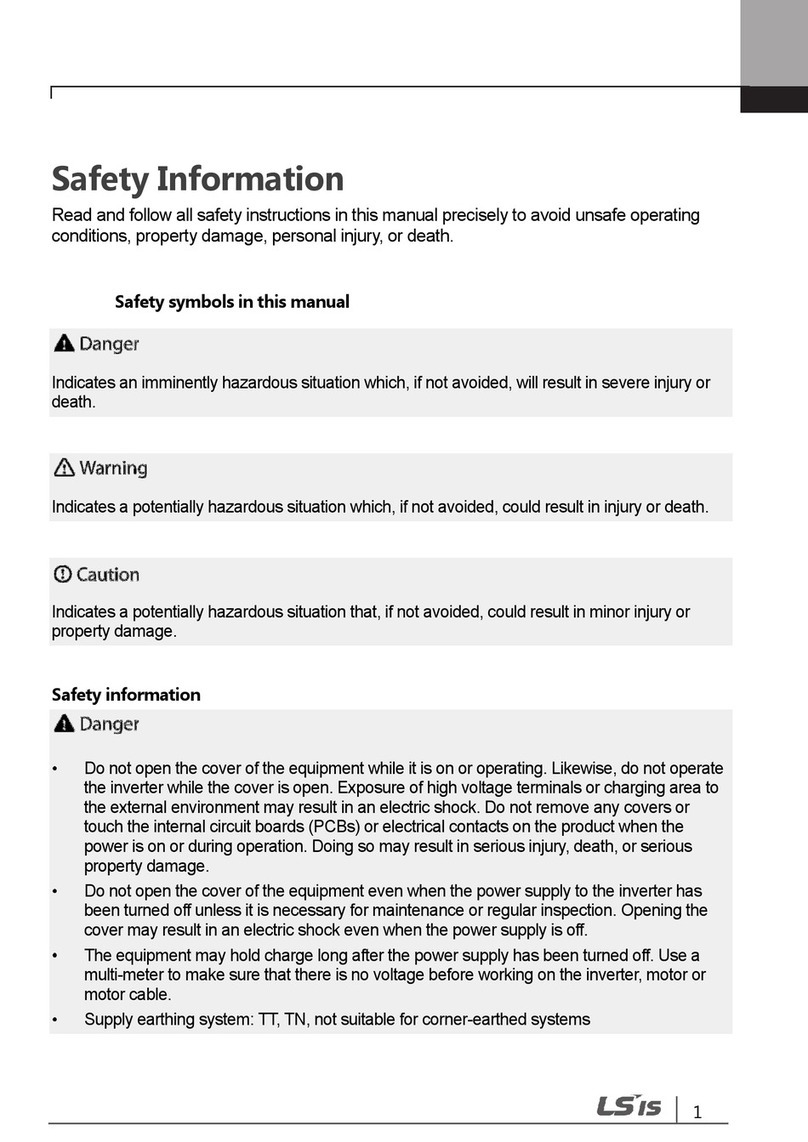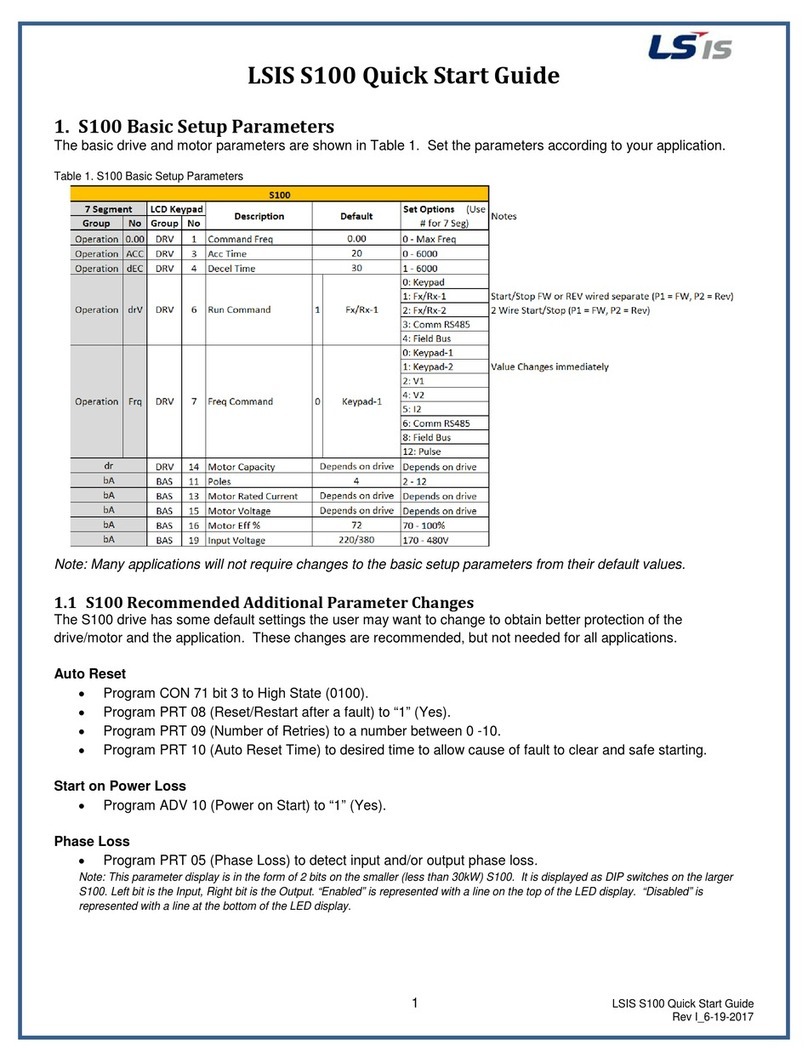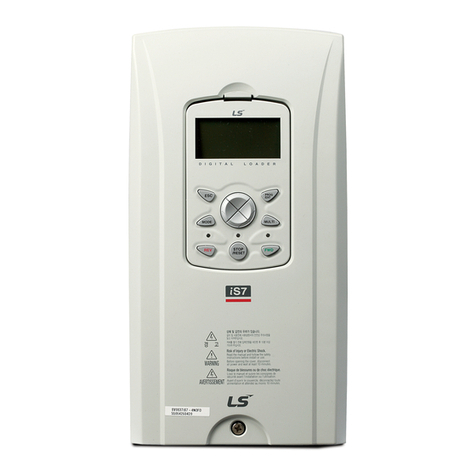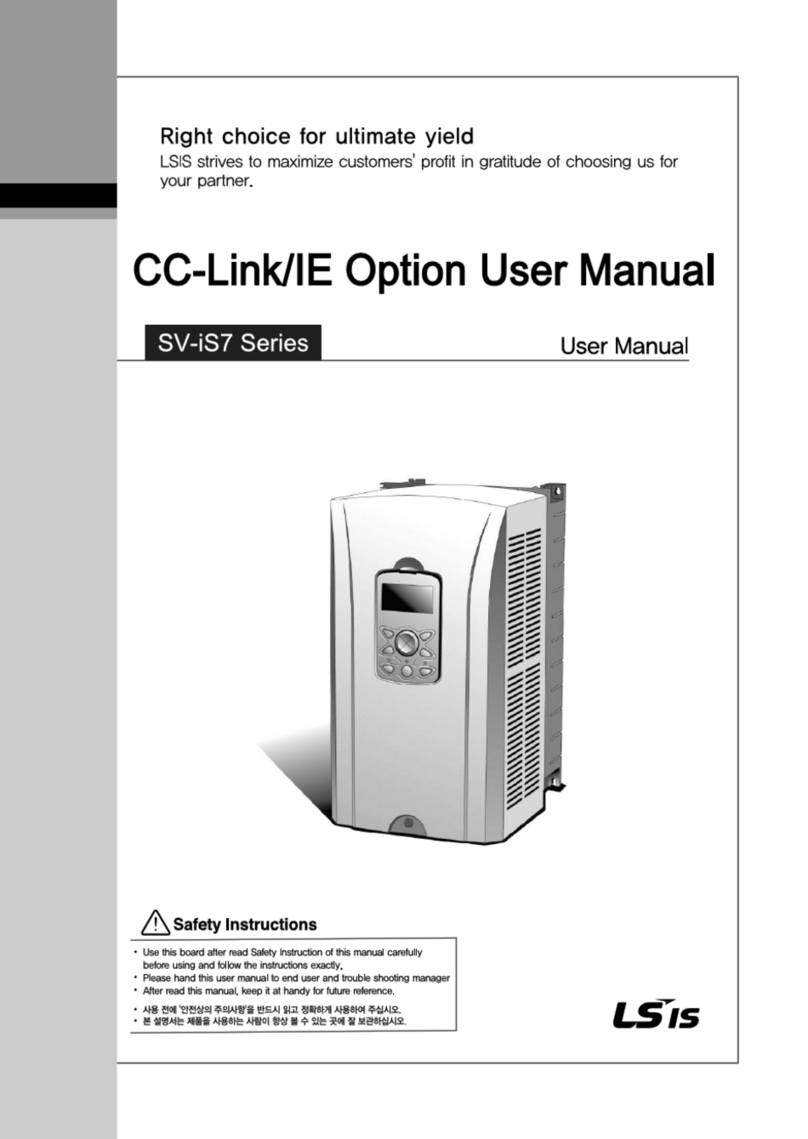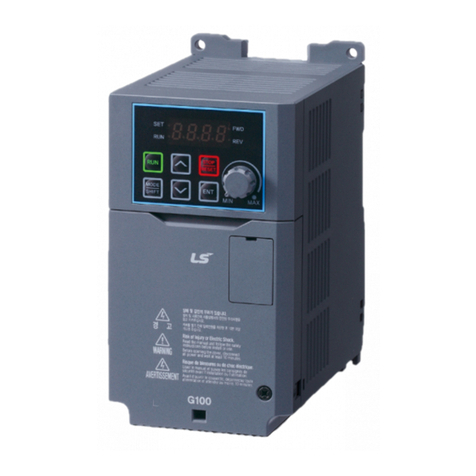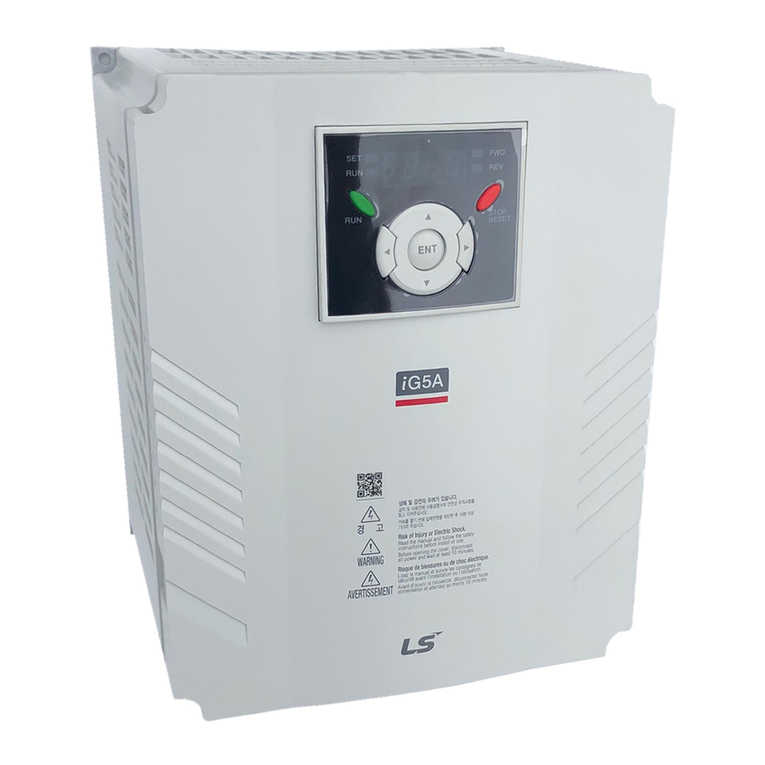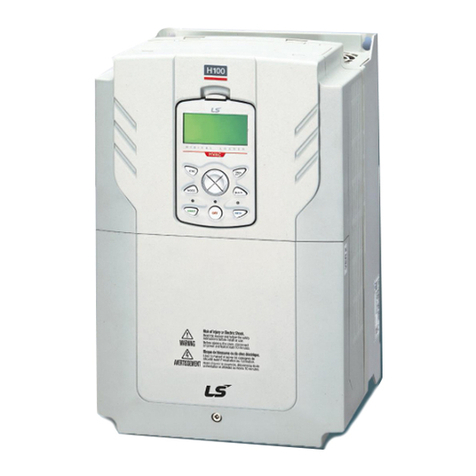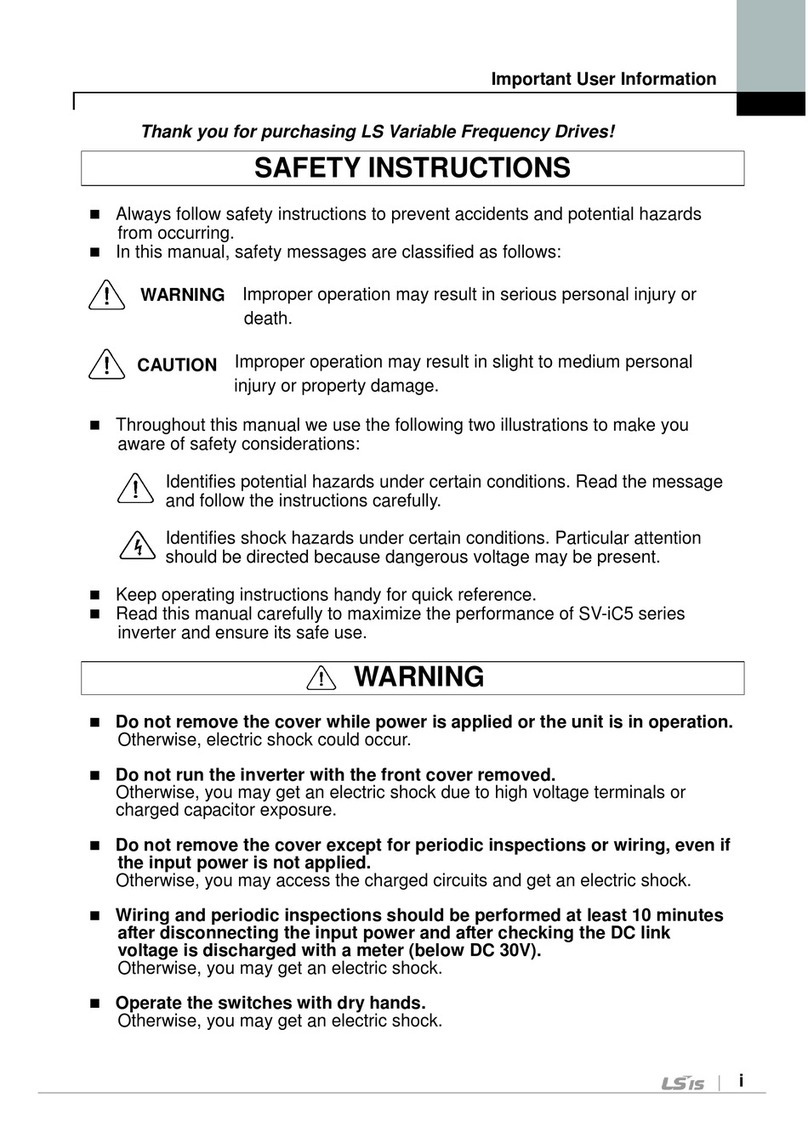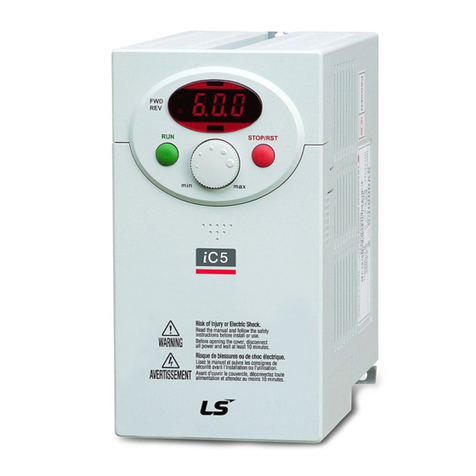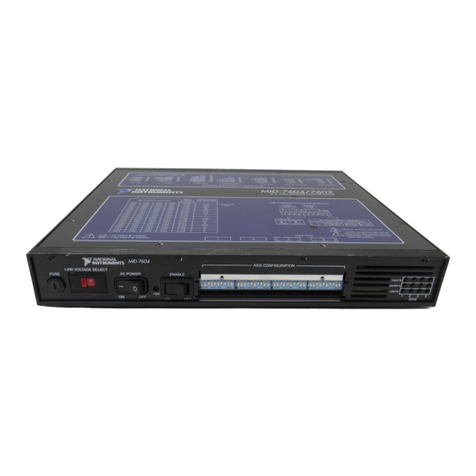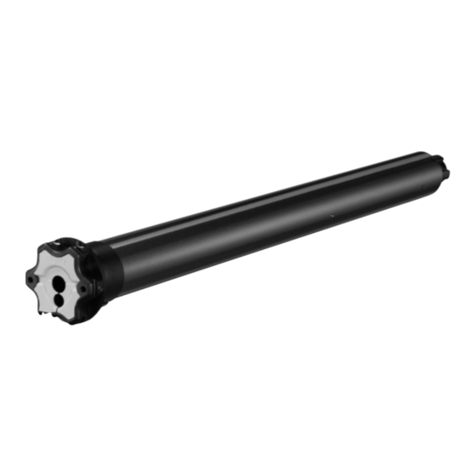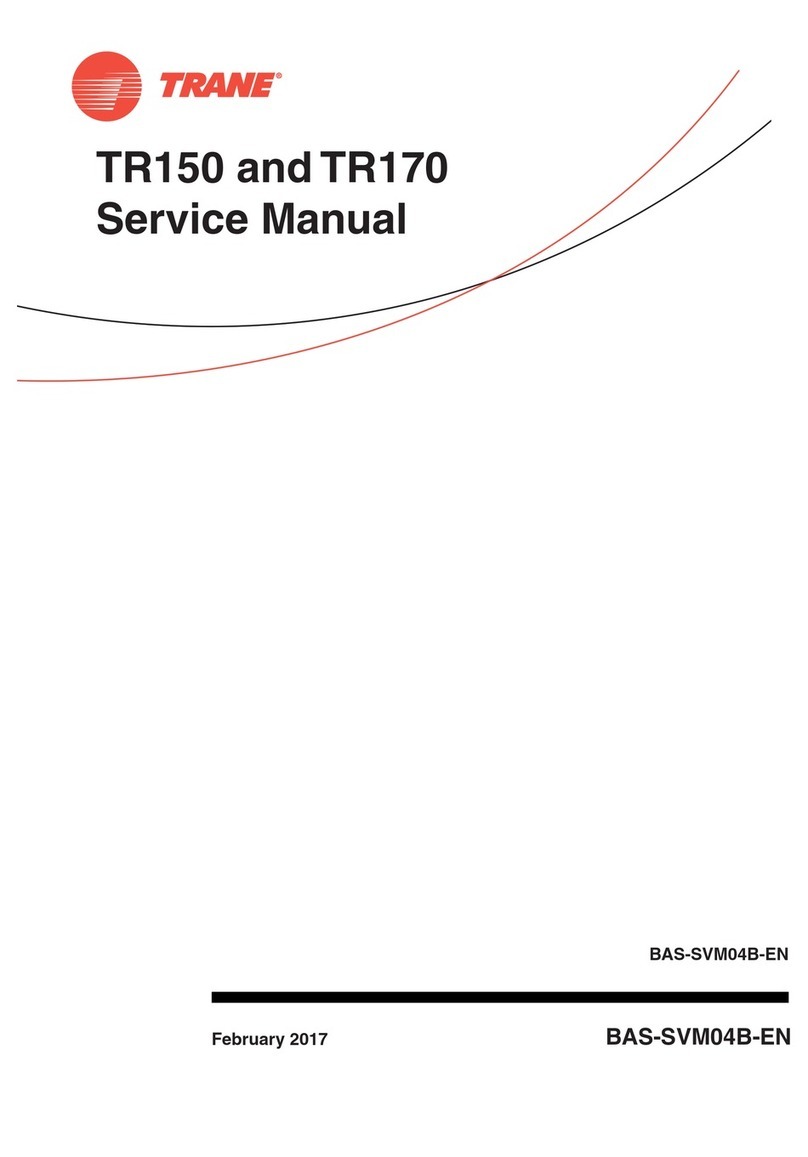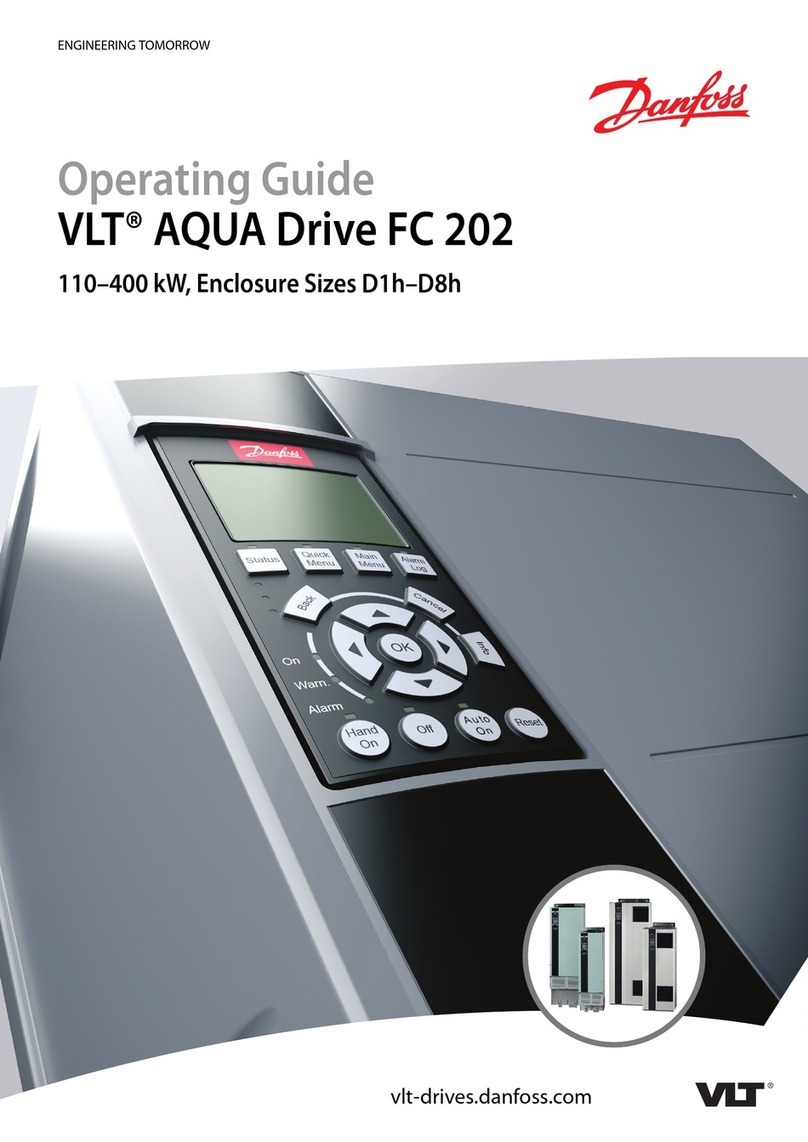
Table of Contents
4. 6
Start Mode Setting.................................................................................................................... 32
4. 6.
Acceleration Start ..................................................................................................... 32
4. 6.2
Start After DC Braking ............................................................................................ 32
4. 7
Stop Mode Setting .................................................................................................................... 33
4. 7.
Deceleration Stop .................................................................................................... 33
4. 7.2
Stop After DC Braking ............................................................................................ 34
4. 7.3
Free Run Stop ............................................................................................................. 35
4. 7.4
Power Braking ............................................................................................................ 36
4. 8
Frequency Limit ......................................................................................................................... 37
4. 8.
Frequency Limit Using Maximum Frequency and Start Frequency
.......................................................................................................................................... 37
4. 8.2
Frequency Limit Using Upper and Lower Limit Frequency Values 37
4. 8.3
Frequency Jump ....................................................................................................... 40
4. 9
2
nd
Operation Mode Setting................................................................................................. 4
4.20
Multi-function Input Terminal Control ........................................................................... 42
4.2
Multi-function Input Terminal On/Off Delay Control .............................................. 44
5
earning Advanced Features .................................................................................. 145
5.
Operating with Auxiliary References ............................................................................... 47
5.2
Jog Operation.............................................................................................................................. 53
5.2.
Jog Operation -Forward Jog by Multi-function Terminal ................. 53
5.2.2
Jog Operation 2-Forward/Reverse Jog by Multi-function Terminal
.......................................................................................................................................... 54
5.3
Up-down Operation ................................................................................................................ 55
5.4
3- Wire Operation ...................................................................................................................... 57
5.5
Safe Operation Mode .............................................................................................................. 58
5.6
Dwell Operation ......................................................................................................................... 60
5.7
Slip Compensation Operation ............................................................................................ 62
5.8
PID Control .................................................................................................................................... 63
5.8.
PID Basic Operation ................................................................................................ 64
5.8.2
Soft Fill Operation .................................................................................................... 79
5.8.3
PID Sleep Mode ......................................................................................................... 8
5.8.4
PID Switching (PID Openloop) .......................................................................... 83
5.9
External PID .................................................................................................................................. 84
5. 0
Damper Operation ................................................................................................................... 94
5.
Lubrication Operation............................................................................................................. 96
5. 2
Flow Compensation ................................................................................................................. 97
5. 3
Payback Counter ......................................................................... 98
